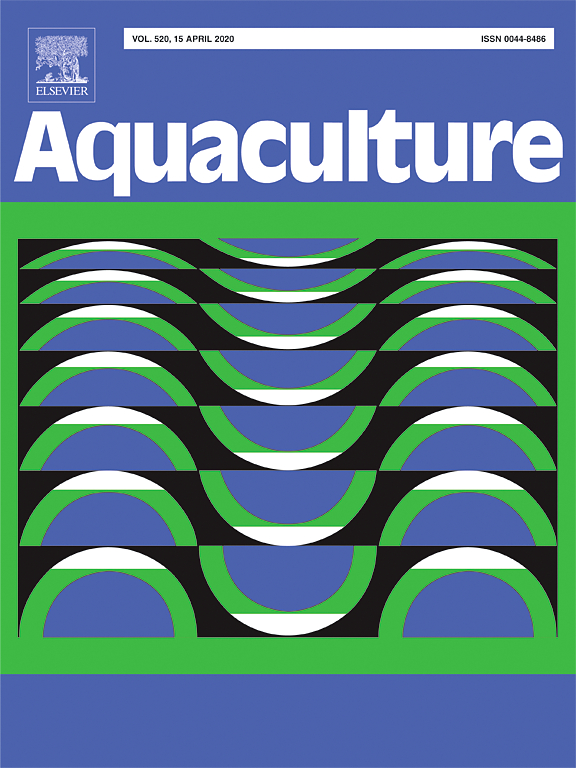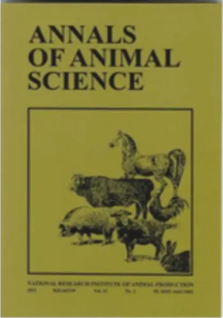Document type : scientific articles published in Aquaculture
Authors: Baki Aydın, Luis André L. Barbas
Preview: High incidence of cancer and other diseases have boosted the interest in herbal products to be used as alternatives to synthetic drugs worldwide. Plants that present biological activity are frequently processed, and their extracts are marketed as over-the-counter natural medicines. Such a trend is also observed in the aquaculture sector. The number of studies investigating the potential activity of plant-based products to substitute synthetic fish anesthetics has increased substantially over recent years. This paper summarizes the current data available and knowledge about the use of essential oils and active substances for fish sedation and anesthesia. Clove oil is the most commonly used plant-based anesthetic in aquaculture and several other studies have been conducted on the use of essential oils of basil, thyme, mint, rosemary, lavender, citronella, verbena and camphor for the different fish species. In recent years, active substances such as eugenol, menthol, myrcene, 1,8-cineole, linalool, limonene, citronellal, thymol, carvacrol, spathulenol, α- and β-pinene, 4-allylphenyl acetate and globulol, found as constituents of essential oils have also been investigated for sedation and anesthesia purposes in fish. This paper describes some of the sedative and anesthetic effects of essential oils and their active substances on the modulation of fish behavior, physiology and biochemistry. Such structured information could be useful for the aquaculture industry as natural anesthetics could be potentially more environmentally friendly, cost-effective and safer products than synthetic drugs for the management and welfare of aquatic organisms.





